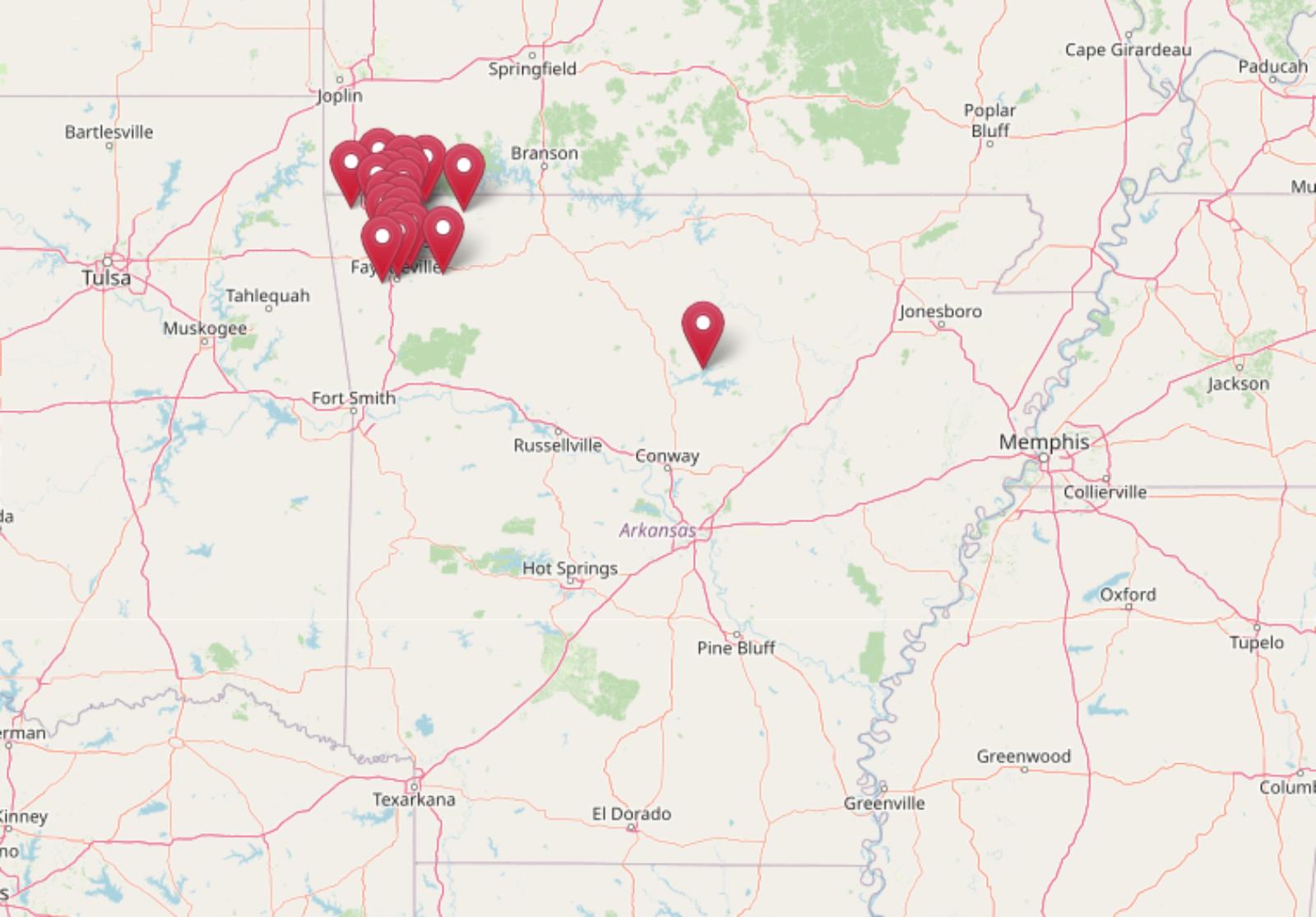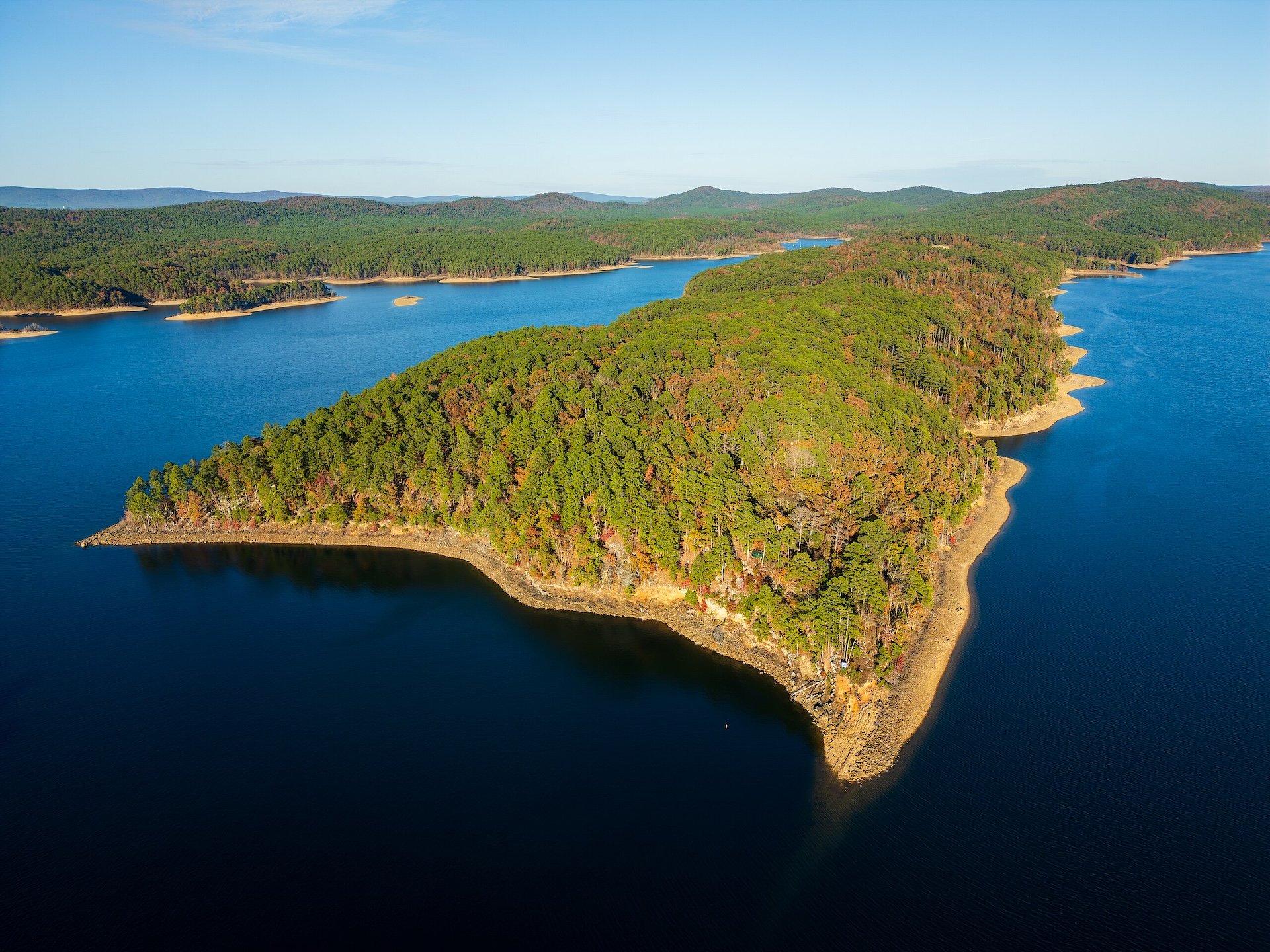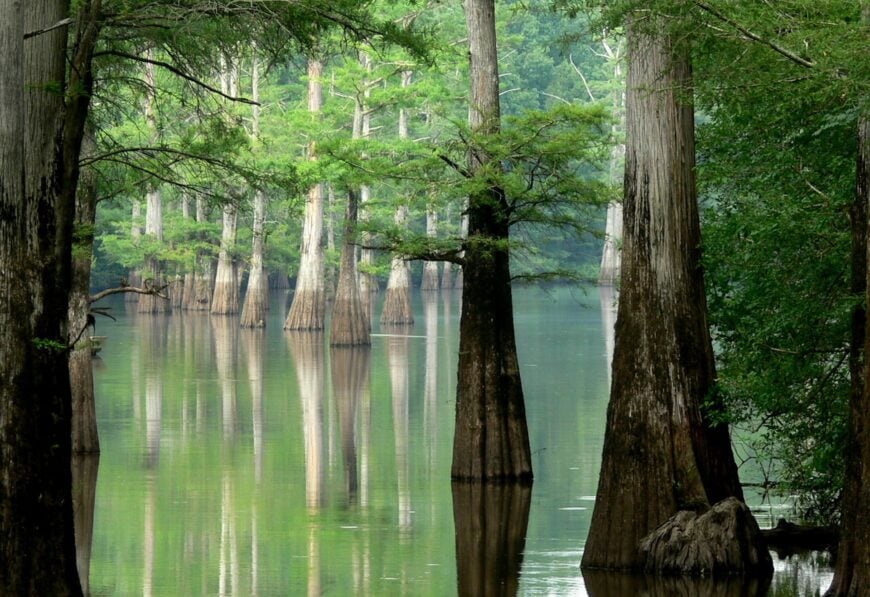
There’s something undeniably enchanting about finding a place off the beaten path, where life moves at a slower pace and the hustle of the city feels worlds away. In Eastern Arkansas, I’ve discovered ten secluded towns that encapsulate simplicity, tranquility, and a deep connection to nature.
Each of these hidden gems offers a unique retreat into the heartland of America, where the landscapes are vast, the communities are tight-knit, and the beauty of rural life is all around.
Join me as we explore these serene destinations, perfect for anyone seeking solace and a genuine slice of small-town charm.
25. Humnoke: Fields Beneath an Endless Sky
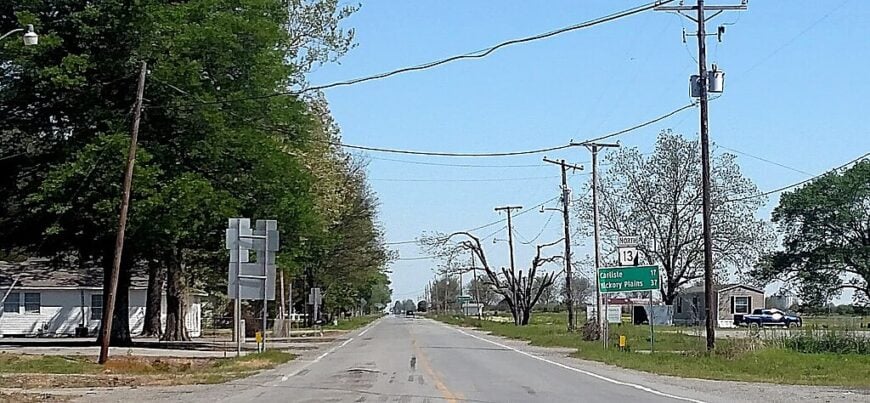
Humnoke is the kind of place where the horizon stretches wide, and the silence is punctuated only by the hum of insects or the rustle of wind through acres of cotton. With fewer than 300 residents, it feels more like a breath between destinations than a town—but that’s where its magic lies.
The town is wrapped in sprawling farmland as far as the eye can see, giving it a sense of detachment from the outside world. This vast openness makes it easy to forget the modern world exists just beyond the fields.
Here, life revolves around farming seasons and neighborly rhythms. Whether you’re admiring a pastel sunset over irrigation canals or stopping by a local fish fry, Humnoke offers the kind of slow, rural beauty that stays with you.
Where is Humnoke?
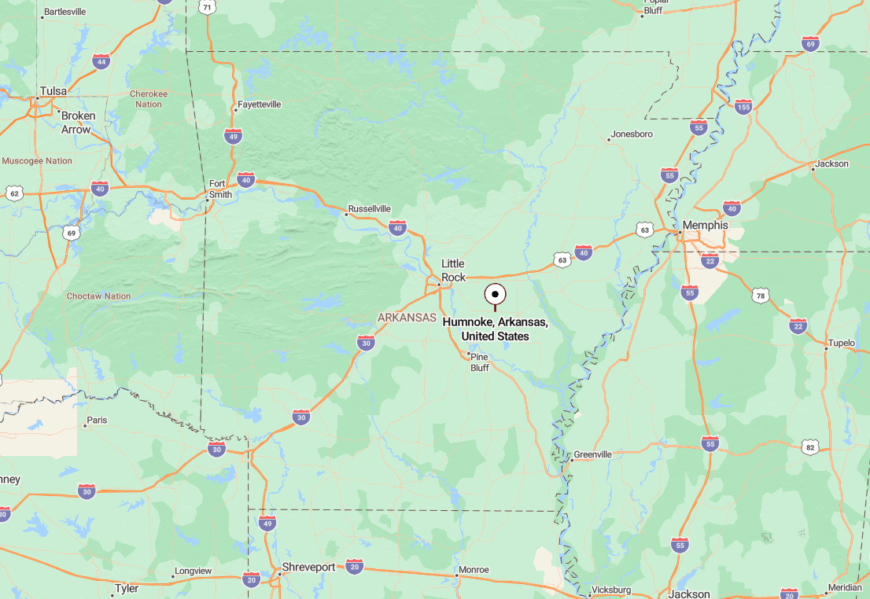
Humnoke is located in Lonoke County, about 30 miles southeast of Little Rock, surrounded by the flat, fertile lands of the Grand Prairie region.
Reached via Highway 13 and flanked by levees and pastures, the drive into Humnoke feels like stepping into a quieter, older version of Arkansas.
24. Fargo: A Whisper in the Delta

Fargo is less a destination and more a quiet footnote in the Delta—home to fewer than 100 people and surrounded by a quilt of croplands and lowland woods. There’s something hushed about it, as if the town exists in the space between thoughts.
Its remote setting keeps it tucked away from major highways and through traffic, offering a slice of life that’s simple, self-contained, and profoundly peaceful. This seclusion allows for uninterrupted sunsets and still mornings.
Nearby, you can visit the Louisiana Purchase Historic State Park, or simply drive the old backroads that curve like whispers through the fields. Fargo is a place where time doesn’t hurry, and neither do you.
Where is Fargo?

Fargo lies in Monroe County, east of Brinkley, just off Highway 70 where it’s easily overlooked if you’re not paying attention.
The roads wind through flat Delta land and sparse woods until Fargo gently appears, folded into the landscape like an old memory.
23. Wabbaseka: The River Road Less Traveled
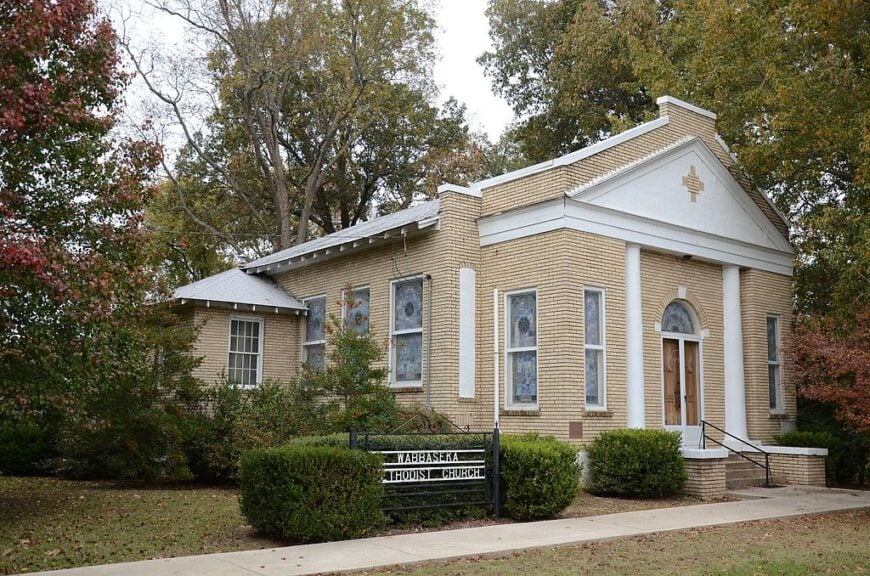
Wabbaseka sits near a bend in the Arkansas River where the fields meet the trees, and old homes line streets so quiet they seem preserved in amber. It’s the kind of town where every porch has a story, and the past lingers in the air.
Its seclusion comes from its position off the main routes, surrounded by farmland and a sense of removed calm. While close to Pine Bluff, it feels worlds apart once you slip down its narrower roads.
Take a slow drive at dusk, pass cotton fields shimmering in the last light, or talk to a neighbor who’s lived there all their life. Wabbaseka invites you to listen more than speak.
Where is Wabbaseka?
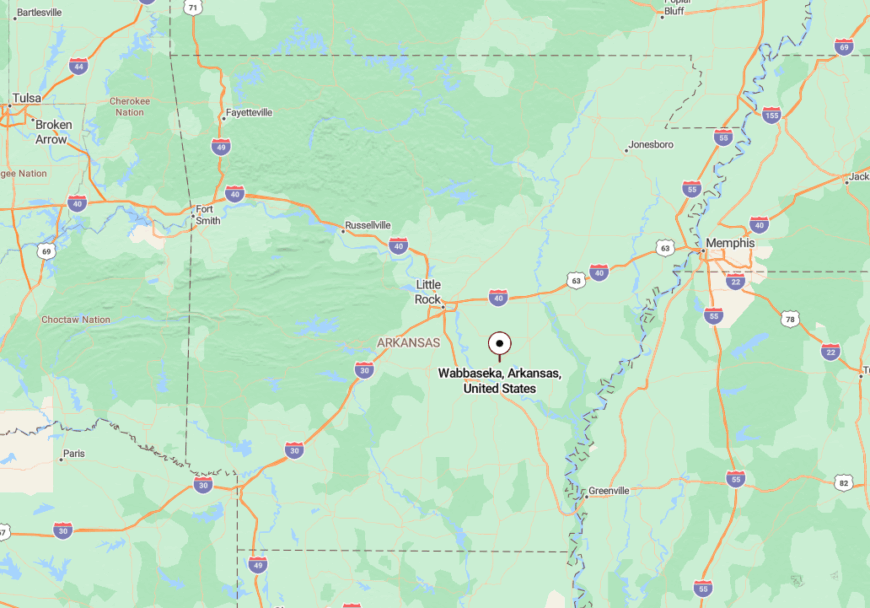
Wabbaseka is in Jefferson County, located about 30 miles east of Pine Bluff. You reach it by heading down Highway 79 and turning south onto quiet stretches of Highway 88.
The closer you get, the more the world falls away—replaced by pecan groves, sleepy lanes, and the hush of southern countryside.
22. Biscoe: Crossroads in the Cropland
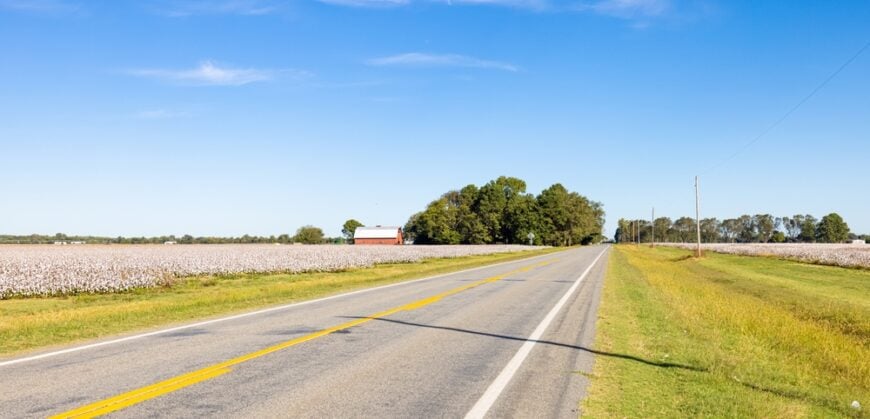
Biscoe, also known as Fredonia, is a little town that feels like a hidden checkpoint in the heart of Arkansas’ farmland. Framed by silos and long ditches, it feels utterly unhurried and grounded in the land.
Its isolated feel comes from its flat surroundings and distance from any commercial bustle. Though not far from larger towns like Brinkley, Biscoe remains a quiet contrast to the noise just beyond its borders.
You might drive through on the way to the Cache River National Wildlife Refuge or stop to admire the timeless stillness of its streets. Biscoe rewards those who pay attention to the small details.
Where is Biscoe?
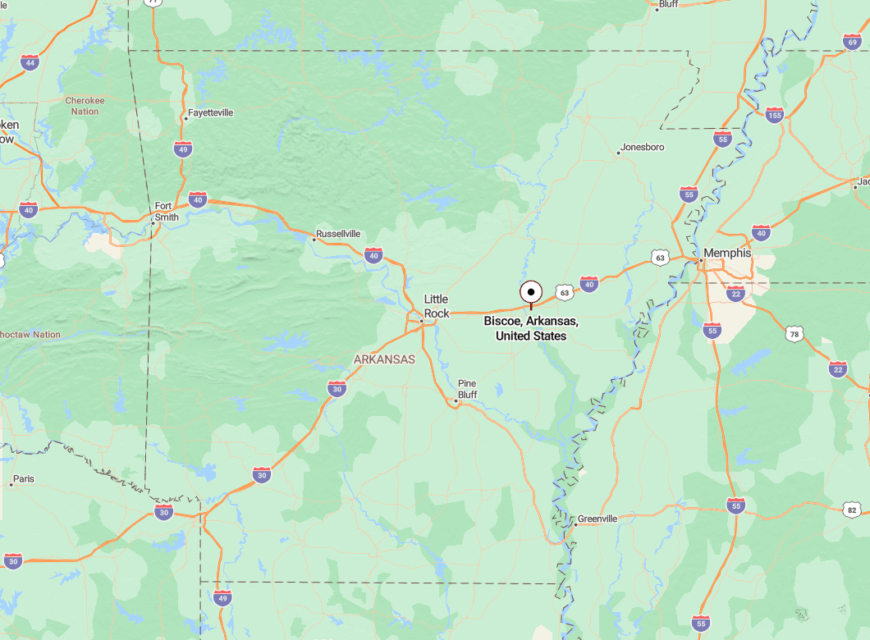
Located in Prairie County, Biscoe rests off Highway 70 between Hazen and Brinkley, surrounded by fields of rice and soybeans.
To reach it, you follow quiet two-lane roads that stretch like ribbons across flat earth—inviting you to slow down and breathe deeply.
21. Lambrook: Ghost Echoes in the Farmland
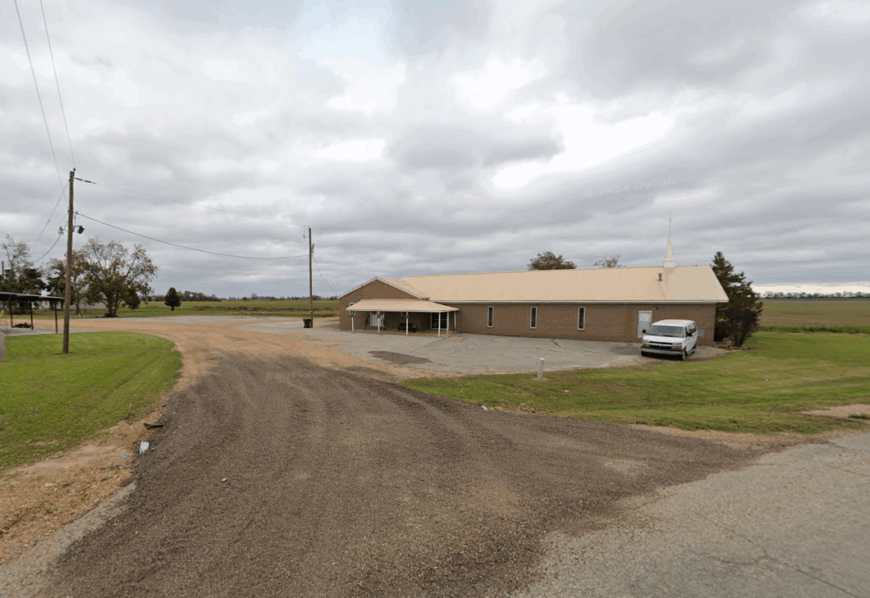
Lambrook isn’t a place with a welcome sign or a defined center—it’s a whisper of a community set among the fields of the Mississippi Delta. Here, silence settles like dust on the shoulders of old farmhouses.
Its remoteness is amplified by its location in a sea of farmland near the river, accessible only by narrow levee roads and old county routes. It feels more remembered than mapped.
You won’t find tourist stops, but you will find long conversations, peaceful solitude, and the gentle rhythm of a place that’s always just been there.
Where is Lambrook?
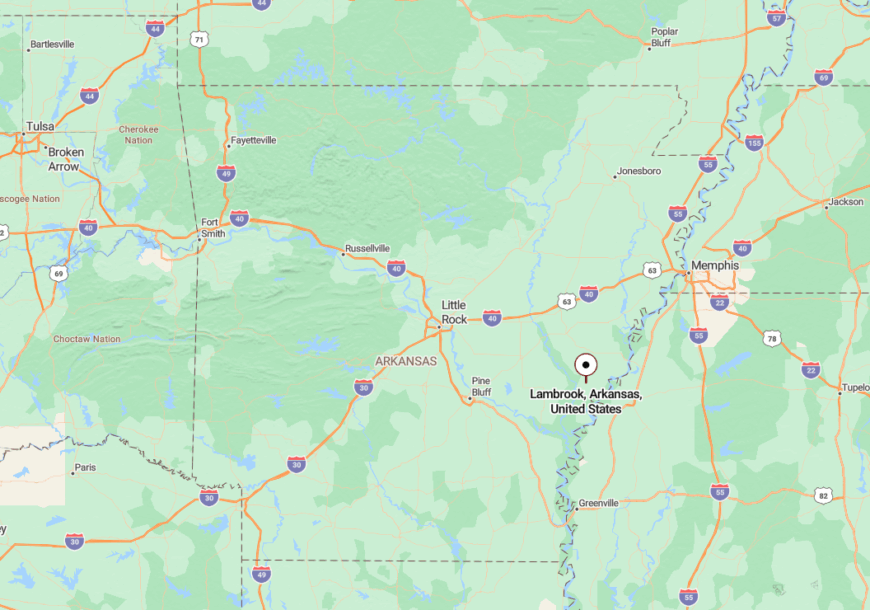
Lambrook lies in Phillips County, southeast of Helena-West Helena, reached by traveling narrow roads south from Highway 85.
Bordered by fields and the Mississippi’s edge, it feels distant from time, cradled by the land like a secret.
20. Mellwood: A River Town Holding On
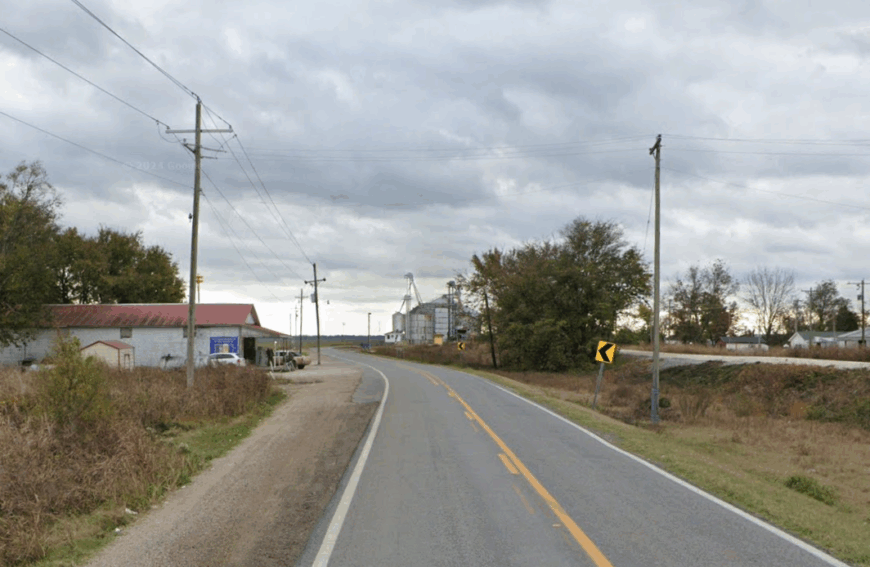
Mellwood leans against the Mississippi River with the quiet dignity of a place that has endured. Its old houses, fading signs, and riverside roads suggest a town that remembers what it once was.
It stays hidden in plain sight, distant from traffic and far removed from any fast-paced living. Mellwood’s stillness is shaped by its setting—where levees guard the land and river winds whisper through cotton.
You can launch a boat, explore a forgotten storefront, or walk the levee at sunset. Mellwood doesn’t shout—it simply continues.
Where is Mellwood?
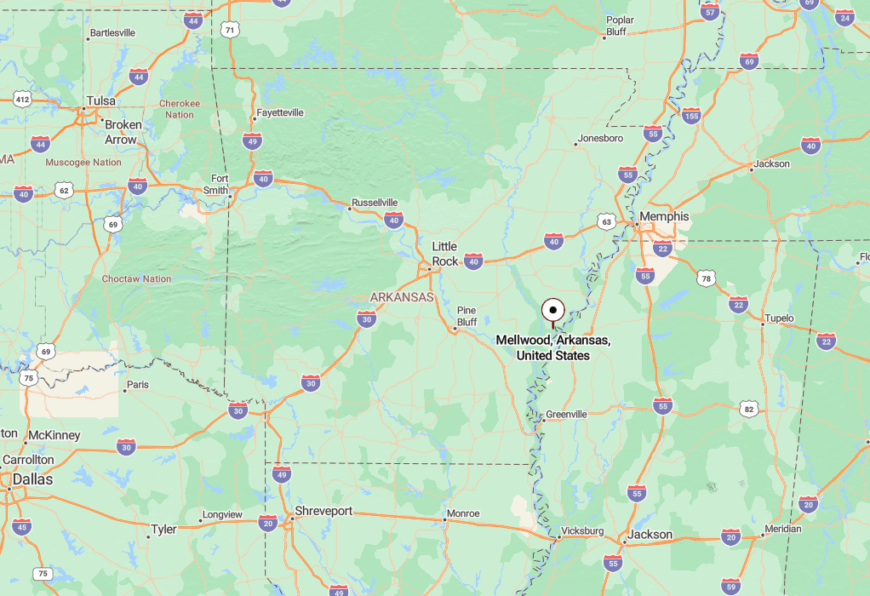
Mellwood is in Phillips County, about 15 miles south of Elaine. It’s accessed via Highway 44 and rural roads that feel as quiet as the river beside them.
As you near the town, the land flattens, the trees grow taller, and the sense of arrival comes not with signs but with silence.
19. Brasfield: Delta Silence on the Fringe
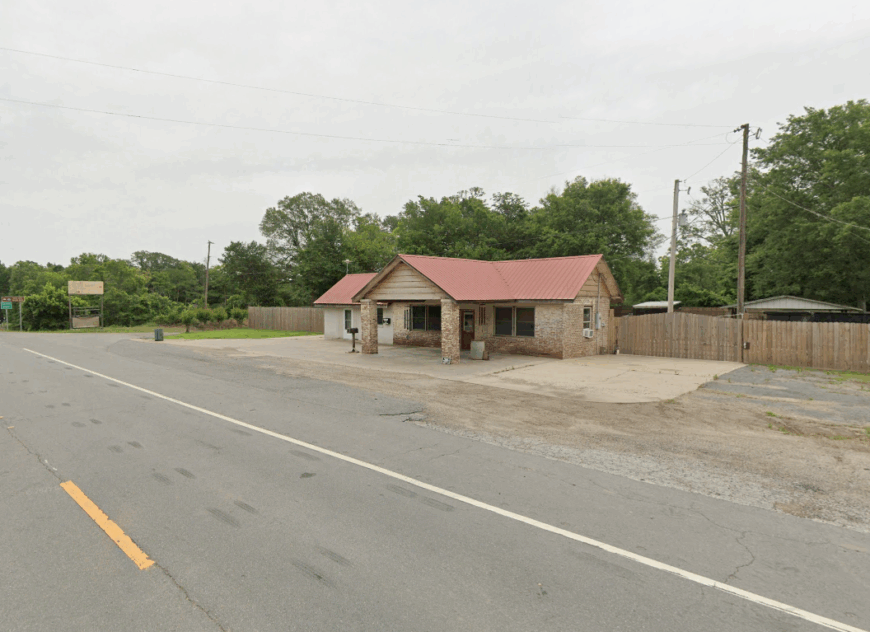
Brasfield may not show up on many maps, but that’s part of its spell. Tucked into a quiet fold of Prairie County, it’s one of those places where the stillness is so deep it feels sacred. You’ll find open fields, hushed lanes, and the occasional clapboard house resting beneath a canopy of sun and sky.
The town’s seclusion lies in its obscurity—no signs, no shops, no traffic to speak of—just miles of farmland stretching to the horizon in every direction. It’s not abandoned, just settled so fully into the earth that it feels more like landscape than settlement.
The old railroad once passed through here, and if you look close enough, you can trace its ghost through the weeds. Brasfield offers no distractions—only the quiet dignity of a place at peace with being forgotten.
Where is Brasfield?
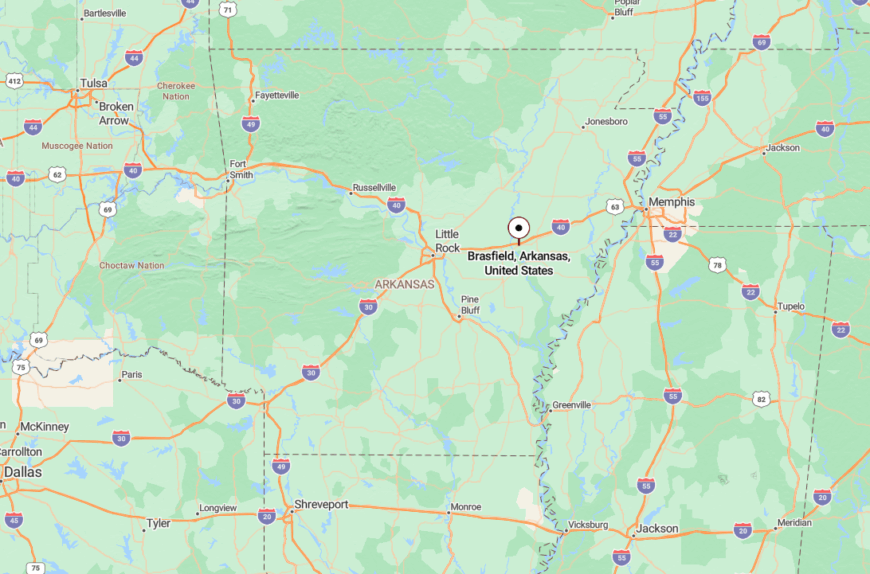
Brasfield is located in Prairie County, southeast of Des Arc and near the lower White River basin. It’s reached via a patchwork of gravel roads and rural tracks that seem to wander more than lead.
The journey itself filters out the noise of modern life, and by the time you arrive, there’s nothing left but fields, sky, and your own breath.
18. Monroe: A Place Time Passed By
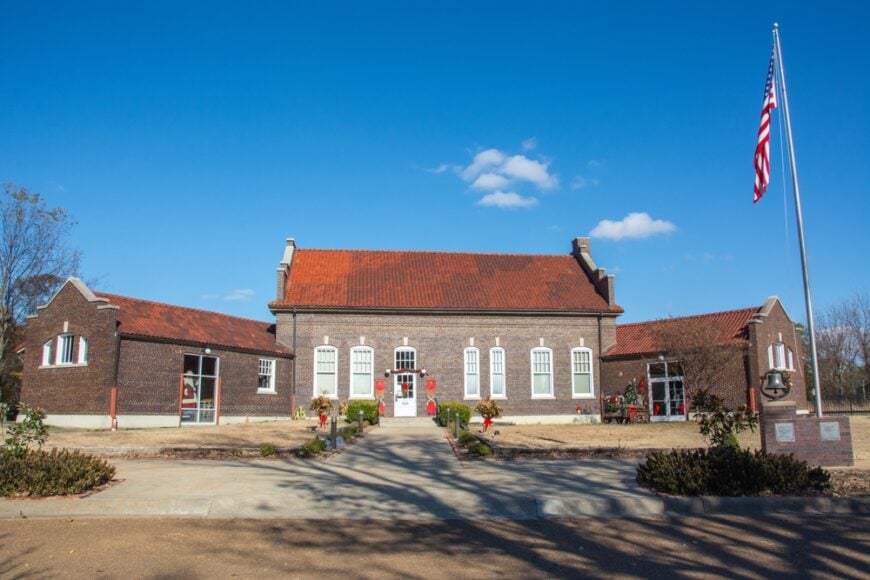
Monroe is the kind of town that you could pass through in the blink of an eye and still feel its presence linger long after you’re gone. Weathered buildings and silent gravel roads speak of a time when this place was a little busier, a little louder, and yet still just as rooted in the land. There’s a stillness here that invites contemplation rather than conversation.
Its quiet, out-of-the-way location keeps it safe from the intrusions of busy routes or growing suburbs, allowing the town to age gracefully under the watchful sway of cottonwood trees. It’s not abandoned—just resting.
There are no attractions shouting for attention here, only the gentle call of backroad drives, early morning light breaking across fields, and a deep-seated sense that what once was still matters.
Where is Monroe?
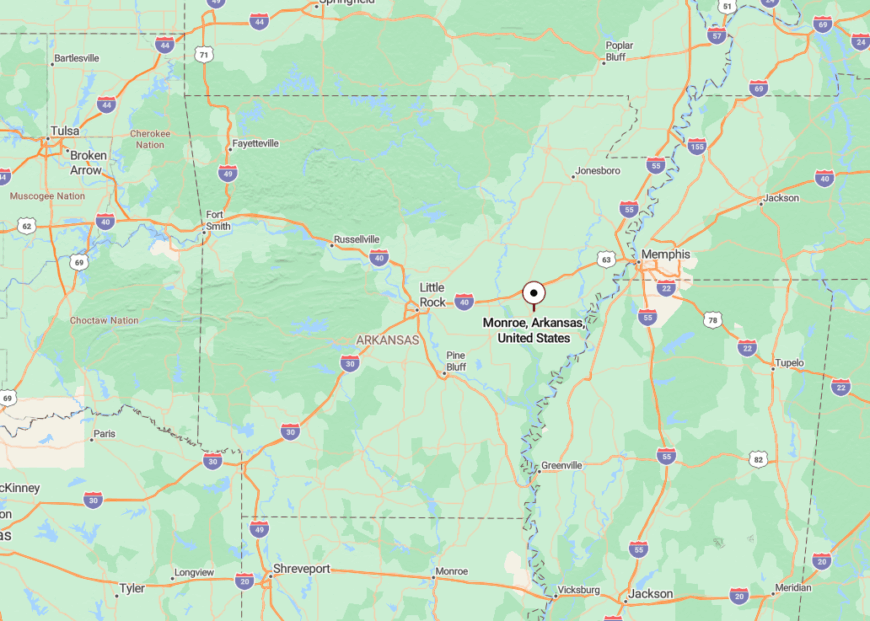
Set on the border of Monroe and Lee Counties, Monroe lies west of Clarendon, just beyond the reach of Highway 79. It’s a small collection of roads and structures more likely to be missed than sought.
To reach it, one follows quiet farm lanes that meander between patches of pine forest and soggy bottomland, where the wheels crunch slowly over gravel and the only signs are handwritten.
17. Blackton: Echoes of an Era
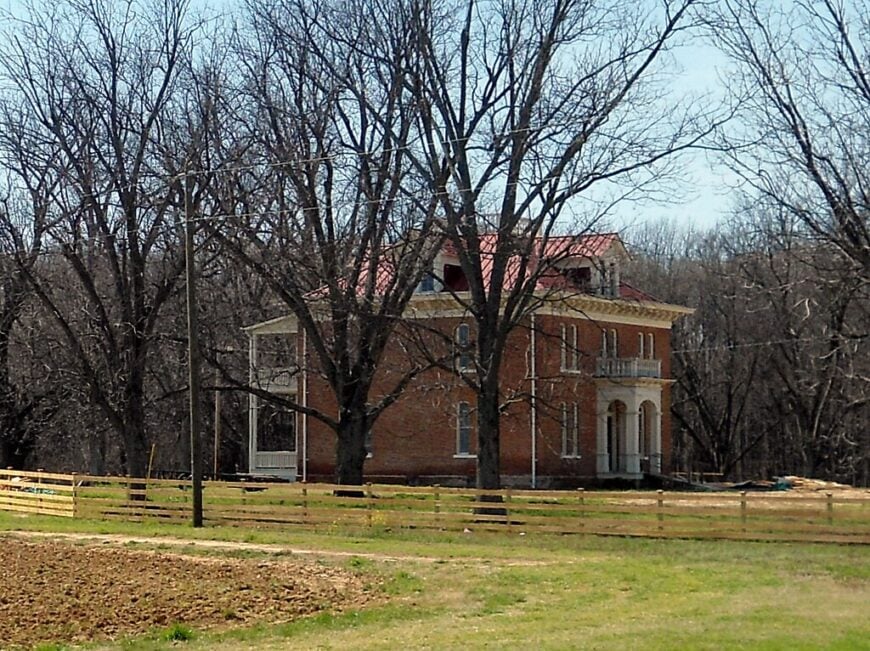
Blackton is more than just a faded townsite—it’s a place steeped in historical weight and hushed reverence. Once near the heart of territorial surveying, it now sits surrounded by the echoing flatlands that stretch in every direction, holding tight to its legacy.
Its emptiness is not eerie, but meditative. Time seems to pass more gently here, where forests reclaim old roads and birds outnumber people. This is where the Louisiana Purchase survey line begins, and history whispers rather than shouts.
Visitors come to stand still at the historic marker or walk the nearby boardwalk, but most of all, they come to feel the quiet pulse of something older than themselves.
Where is Blackton?
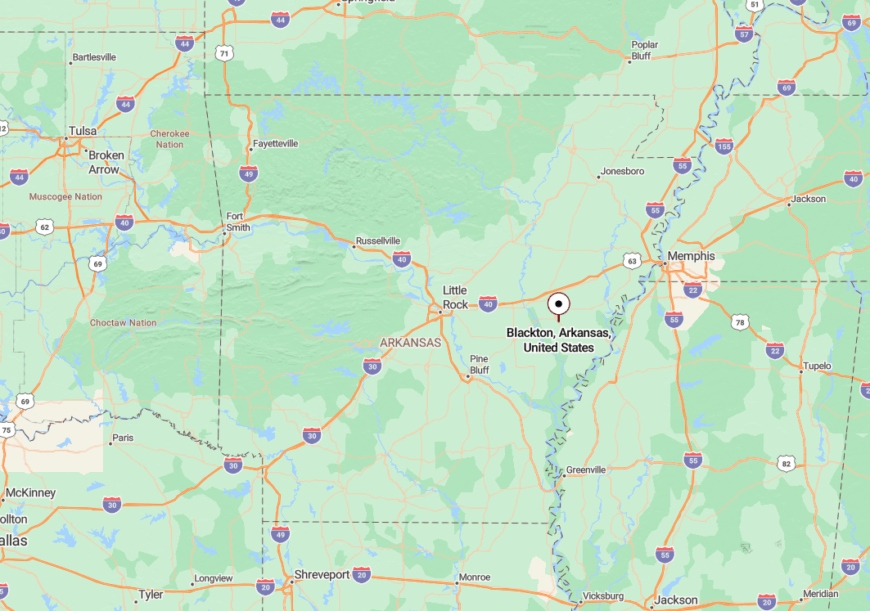
Blackton lies in Monroe County, southwest of Brinkley, nestled into the Mississippi Alluvial Plain’s quiet folds. It’s hidden by thickets of woods and the long shadow of the past.
Getting there requires patience and a willingness to take roads that grow narrower the farther you go, until all that’s left is quiet woods and timeworn earth.
16. Crumrod: Still Waters and River Roads
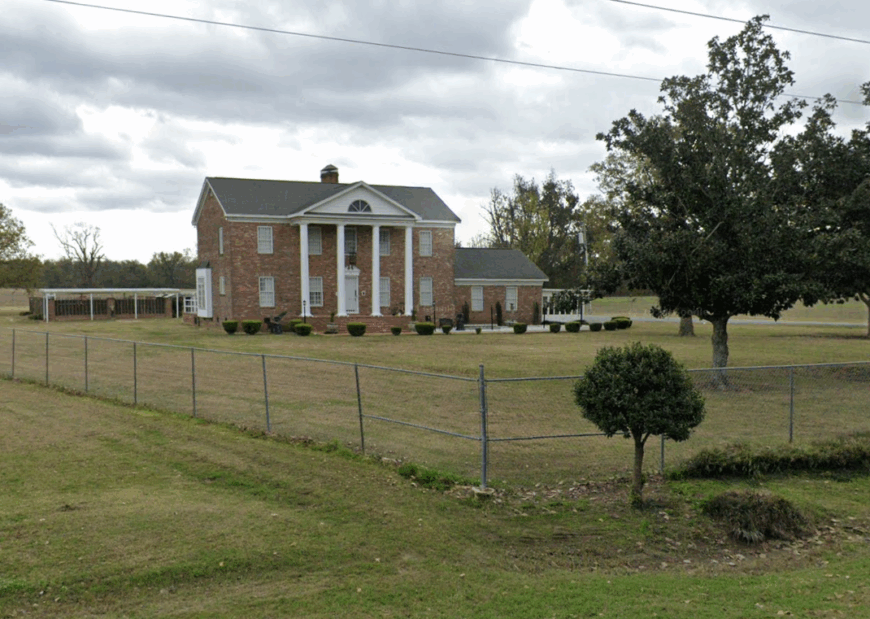
Crumrod rests gently on the land like a leaf carried on slow-moving water, with its old houses shaded beneath great oaks and its roads leading more to memory than to movement. It’s the sort of place that you discover rather than find, where stillness feels like a gift.
Its isolation is the result of geography and intent—tucked along the Mississippi with no direct highway in or out, Crumrod seems to have chosen quiet over convenience. Life here is guided more by the seasons than by the clock.
Visitors come for the deep hush of the river’s edge, for the distant call of birds through the cane, and for the rare feeling of being far, far from anything that hurries.
Where is Crumrod?

Crumrod is set deep within Phillips County, just southeast of Elaine and not far from the water’s edge. It’s best reached by a series of slow, winding rural roads where signs are few and trees hang low.
The deeper you drive, the quieter it gets, until suddenly Crumrod reveals itself like a forgotten delta lullaby.
15. Ragtown: Delta Living in Miniature
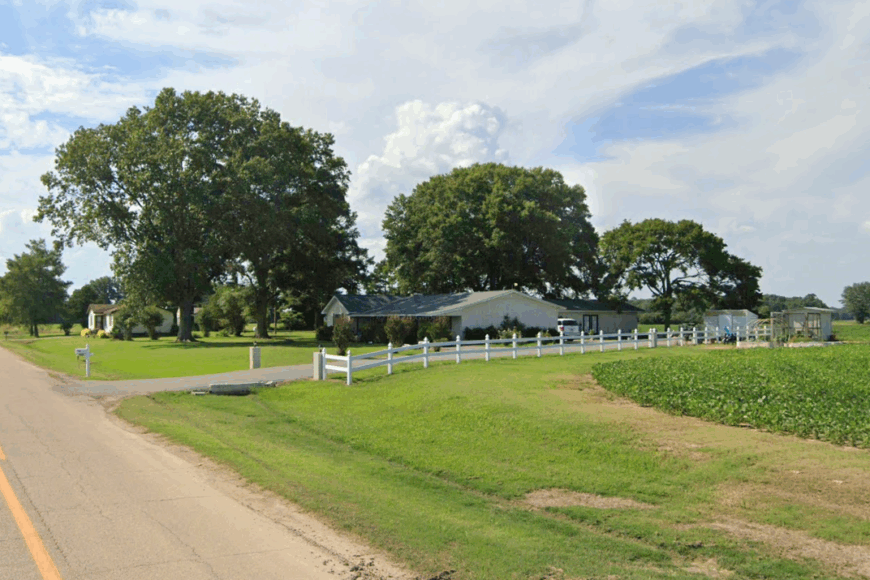
Ragtown may not even seem like a real place to someone passing through, but to those who’ve heard its name whispered on the wind, it holds a kind of mythic stillness. There’s no main street, no downtown—just homes, fields, and the deep-rooted rhythm of the land.
Its remote placement along the edges of rich Delta soil makes it one of those towns that resists change not through stubbornness, but through gentle constancy. Life moves slowly here, as if echoing the crawl of the nearby river.
To visit Ragtown is to pause the world outside—to listen to the rustle of wind through cotton, to watch the sky stretch open in every direction, and to understand that some places are preserved best by time forgetting them.
Where is Ragtown?

Ragtown rests in Phillips County, east of Marvell, nestled quietly near the Mississippi River. Reaching it requires navigating levee roads and field-flanked detours.
Its absence from most maps is part of its charm—Ragtown doesn’t advertise itself; it waits patiently to be found.
14. Oneida: Quiet Crossroads of the Delta
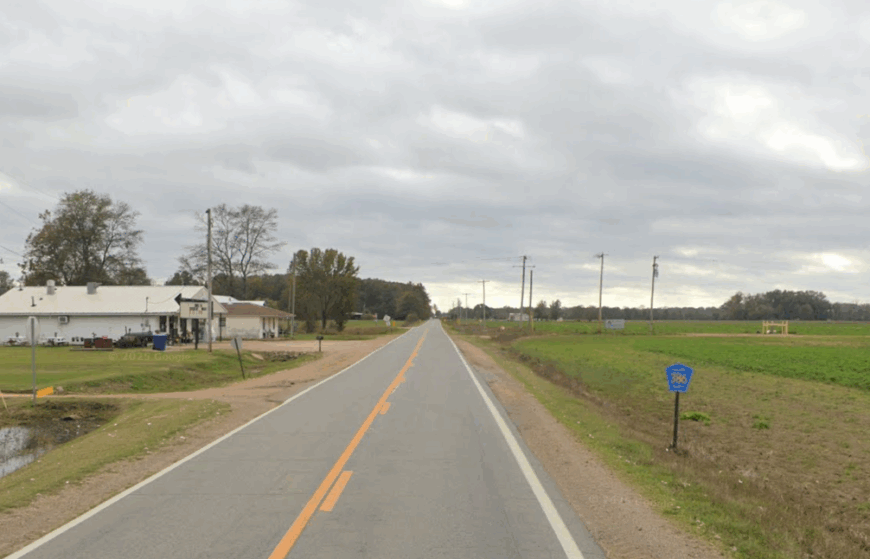
Oneida is a small crossroads community where life moves with the same ease as the river breezes that drift through the Delta. With only a handful of homes and a deep quiet that blankets everything, it feels like a town half-remembered from an old southern novel.
Its seclusion stems from being tucked between vast cotton fields and levee roads, far from the noise of highways and cities. The horizon here is wide, the sky immense, and the pace slow enough to notice the shift of every shadow.
Visitors may pass through on their way to the river, but those who stop are rewarded with a sense of peace, a glimpse of weathered barns, and a quiet that clings like mist in early morning light.
Where is Oneida?
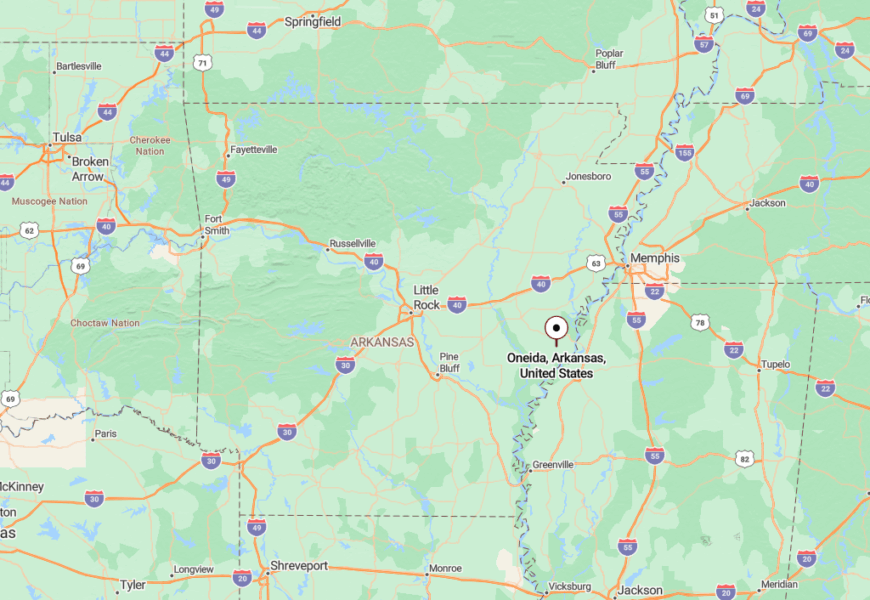
Oneida is located in Phillips County, southeast of Helena-West Helena, off Highway 20 near the Mississippi River levee.
Reaching it means taking backroads that narrow with every mile, until the Delta itself seems to close around you in a hush that lasts long after you leave.
13. Snow Lake: A Place That Listens
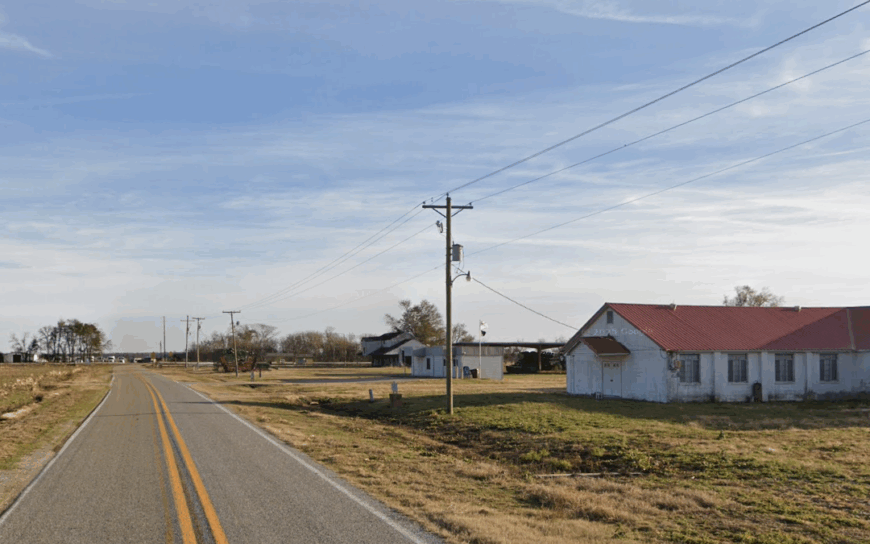
Snow Lake doesn’t speak loudly. Instead, it listens—to the wind off the water, to the rustling of cypress knees, to the hush of time moving gently forward. Tucked near the edge of the White River National Wildlife Refuge, this tiny community feels more like a clearing in the woods than a town.
Its seclusion comes from geography and intention—it’s surrounded by swampy backwaters and dense forest, and the road in is as winding as the channels that feed the nearby lake. Here, neighbors know each other by the sound of their engines and the rhythm of their routines.
Snow Lake is a place for fishing, paddling, and listening—to frogs at dusk, to birds at dawn, and maybe, if you’re quiet enough, to yourself.
Where is Snow Lake?
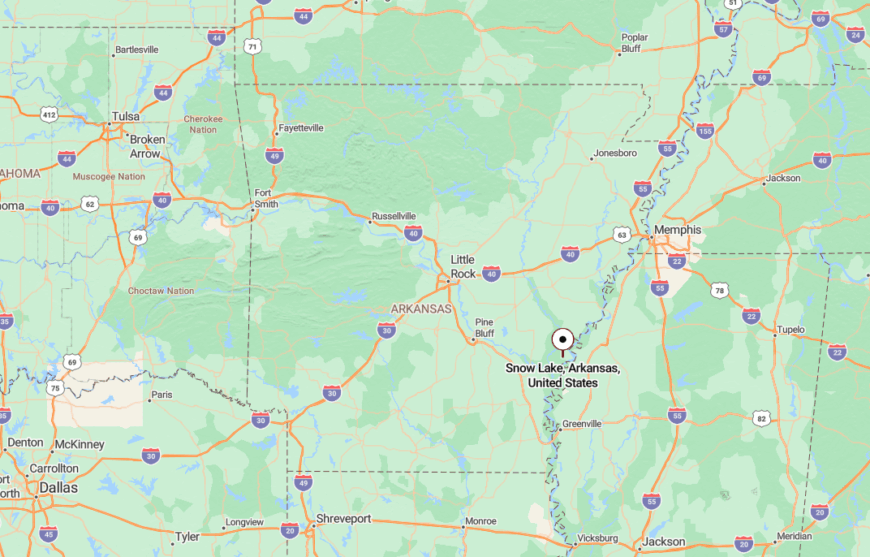
Snow Lake is located in Desha County, near the southeastern edge of the White River Refuge, where the bottomland forest meets the backwater sloughs.
It’s reached by way of long, lonesome highways and a final stretch of gravel that keeps out all but the truly curious.
12. Blackfish: Reflections on the Lake
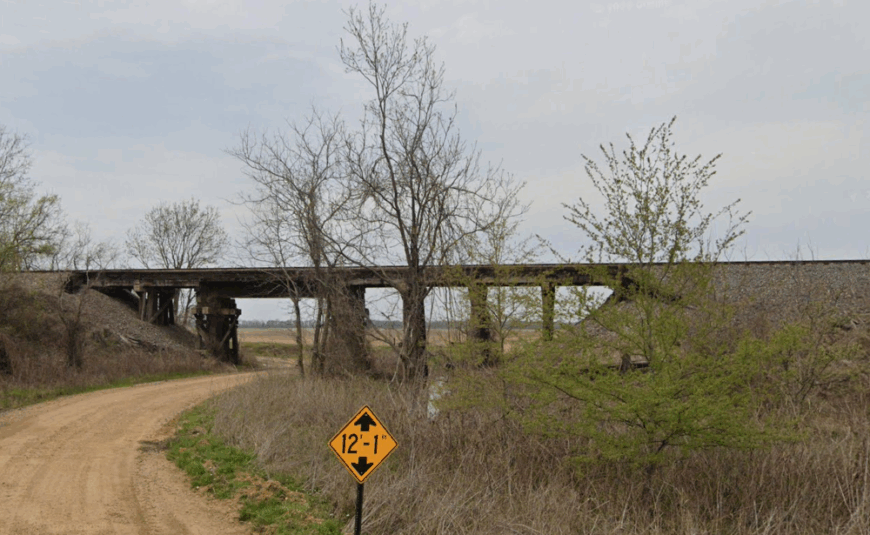
Blackfish isn’t so much a town as it is a shimmering reflection—of sky, of trees, of still water and still hearts. The lake it takes its name from seems to calm everything it touches.
The community around it is small and humble, its homes scattered like shells along the shore, buffered by wetlands and winding trails. The hush of the place is part of its draw.
Whether you’re watching the sun rise over still water, casting a line into the shallows, or simply breathing deeper than usual, Blackfish gives you room to disappear for a while.
Where is Blackfish?
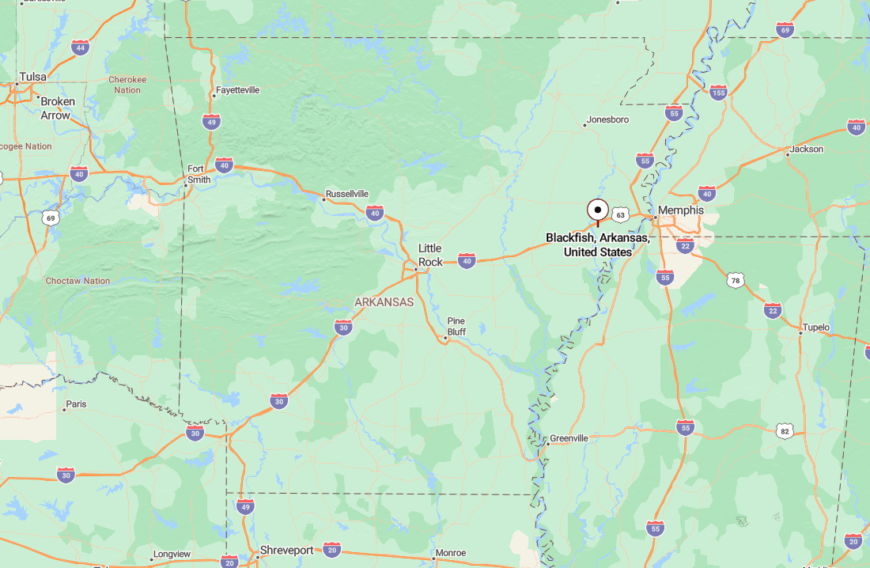
Blackfish is in St. Francis County, tucked quietly just south of Interstate 40 and west of Forrest City.
Despite its proximity to a major route, it hides in the marshy inlets behind the lake, reached by backroads where pavement gives way to peace.
11. Jennette: Where the Fields Breathe
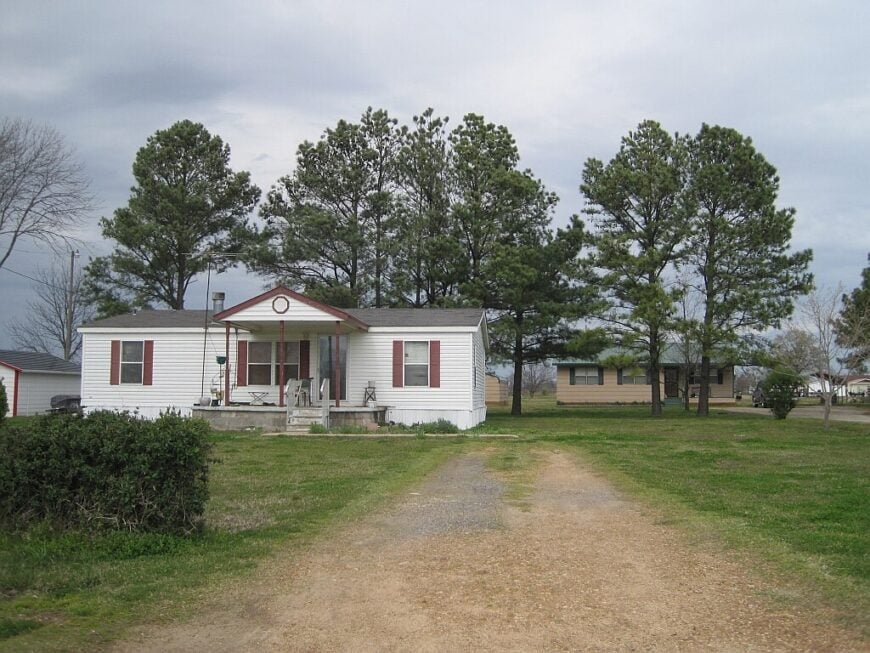
Jennette feels like a sigh between harvests, with long rows of farmland stretching out in both directions and the sun rising over soybeans as slow as a hymn. This is a place built not for noise but for rest.
It stays hidden not by accident but by nature—surrounded by fields, lacking commerce, and buffered by space in every direction. Here, even the air feels deliberate.
Take a turn off the highway and you’ll find nothing but gravel roads, tall grass, and a stillness that gets inside your bones. Jennette doesn’t perform—it simply is.
Where is Jennette?
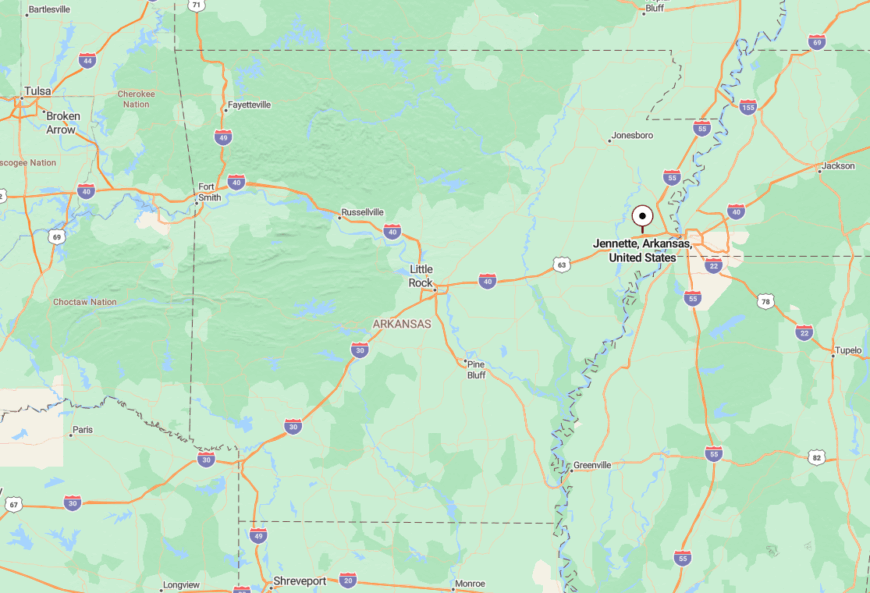
Set in Crittenden County, southwest of West Memphis, Jennette is tucked between Earle and Marion on the quiet side of the map.
To reach it, you’ll leave behind the interstates and follow roads lined with fences, barns, and enough sky to make you feel small again.
10. Almyra’s Agricultural Oasis
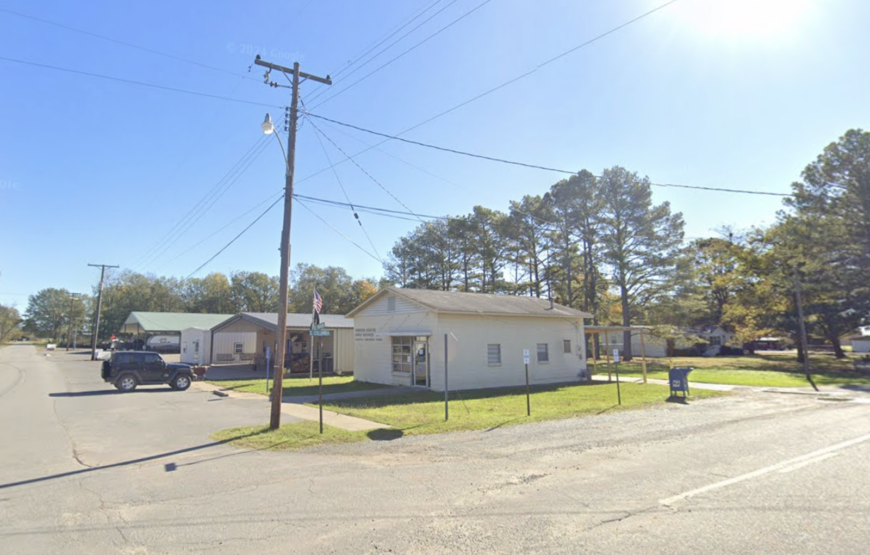
With a population of just over 300 residents, Almyra is a small farming community that embodies the peaceful essence of Eastern Arkansas. I appreciate the simplicity of life here, where expansive farmlands stretch as far as the eye can see, and agriculture is the lifeblood of the town.
Activities revolve around the rhythms of the seasons, from planting to harvest, and the community gathers for local events that celebrate their rural heritage.
The primary industry is farming, particularly rice and soybeans, which paints the landscape with verdant fields during the growing season. Almyra’s seclusion comes from its vast open spaces and lack of urban development, offering a quiet retreat from the noise of larger cities.
For me, the tranquility found in Almyra’s wide horizons and friendly faces makes it a true agricultural oasis.
Where is Almyra?

Located in Arkansas County, Almyra sits in the heart of the Grand Prairie region of Eastern Arkansas. Its seclusion is accentuated by its distance from major highways and metropolitan areas, nestled among sprawling farmland and natural wetlands.
Getting there involves a scenic drive through the countryside along Highway 130, which enhances the feeling of stepping back in time. The town’s remoteness and agricultural surroundings make it a perfect destination for those seeking a serene escape into rural life.
9. Turner: Hidden in the Heartland

Nestled quietly in Phillips County, Turner is an unincorporated community where the population is small enough that everyone knows each other by name. I find that Turner’s charm lies in its untouched natural beauty and the simplicity of its surroundings.
While there might not be bustling attractions, outdoor enthusiasts can enjoy peaceful walks and birdwatching in the abundant nature that envelops the area. Agriculture plays a significant role here, with local farms dotting the landscape, contributing to the community’s sustenance and way of life.
Turner’s seclusion stems from its remote location and limited development, making it an ideal spot for introspection and a break from the fast-paced modern world. For me, the quiet roads and open fields of Turner provide a soothing backdrop for anyone seeking solitude.
Where is Turner?
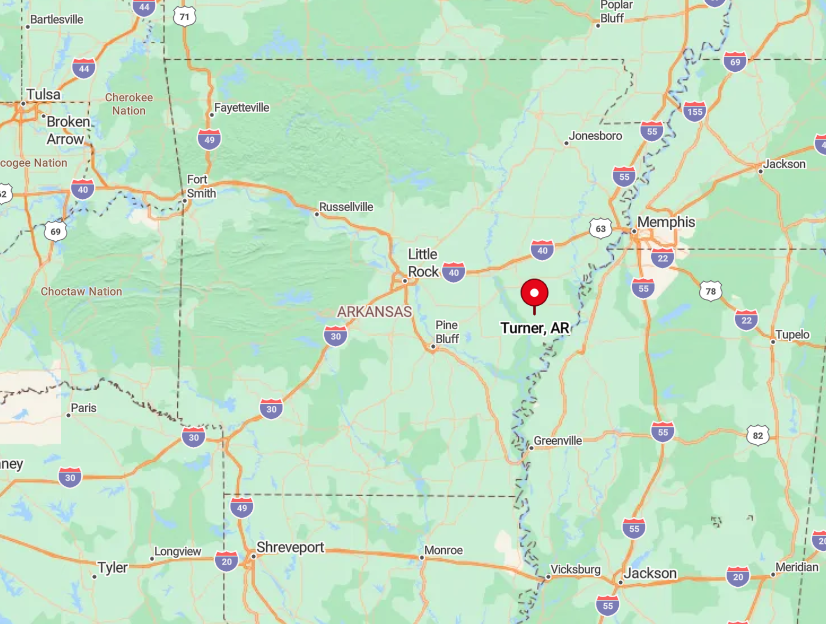
Situated in Eastern Arkansas, Turner is tucked away off the main thoroughfares, deep in the heartland of the state. Its isolation is heightened by the surrounding agricultural lands and the absence of major commercial activity.
To reach Turner, one must venture along county roads that weave through serene farmland, enhancing the sense of escape. The remoteness of this community makes it a hidden gem, perfect for those looking to disconnect and immerse themselves in rural tranquility.
8. Roe: Small Town Seclusion
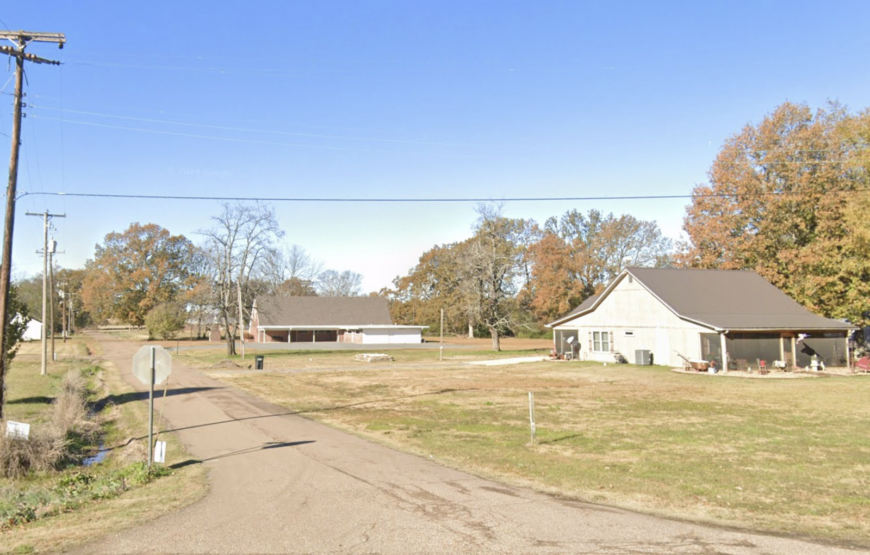
With a population hovering around 100 residents, Roe is one of those tiny towns where life feels wonderfully uncomplicated. I admire the close-knit community here, where everyone lends a helping hand, and the pace of life allows for genuine connections.
Outdoor activities include fishing and hunting, thanks to its proximity to natural areas like the Cache River National Wildlife Refuge. Agriculture is the mainstay, with local farms contributing to the economy and the rural landscape.
Roe’s seclusion is due to its small size and the surrounding expanses of farmland and wetlands that keep it tucked away from bustling urban centers. For me, the simplicity and quiet streets of Roe offer a refreshing break from the chaos of city life.
Where is Roe?

Located in Monroe County in Eastern Arkansas, Roe is set amidst the fertile Delta region. The town’s remote location and minimal traffic contribute to its secluded atmosphere.
Travelers reach Roe via Highways 79 and 33, which pass through miles of scenic farmland and untouched wilderness. The town’s distance from major highways and cities ensures a tranquil environment, perfect for those seeking solace in a rural setting.
7. The Peaceful Plains of Holly Grove
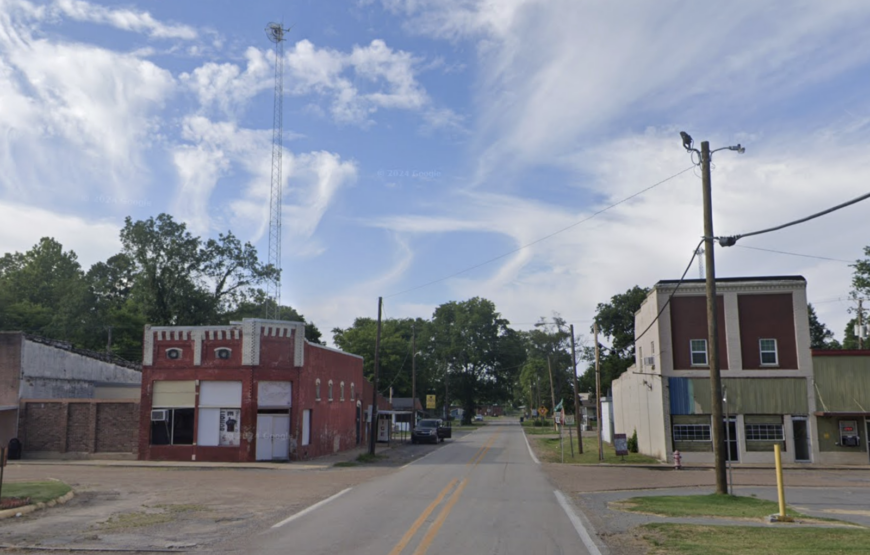
Home to approximately 500 residents, Holly Grove is a small city that captures the essence of rural charm on the expansive plains of Eastern Arkansas. I enjoy the town’s rich history, showcased in its historic buildings and the stories shared by longtime locals.
Outdoor activities abound, with opportunities for hunting, fishing, and exploring the nearby Cache River National Wildlife Refuge. Agriculture dominates the local industry, with vast fields of rice, soybeans, and cotton stretching into the horizon.
Holly Grove’s seclusion is rooted in its low population density and the surrounding agricultural landscapes that create a buffer from the outside world. For me, the serenity found in Holly Grove’s open skies and quiet streets makes it a peaceful haven.
Where is Holly Grove?

Nestled in Monroe County, Holly Grove is situated in the Delta region of Eastern Arkansas. The town’s remote location and minimal through-traffic contribute to its secluded atmosphere.
Reaching Holly Grove involves traveling along Highway 17 or Highway 146, routes that meander through picturesque farmland and wetlands. The town’s distance from major highways and cities ensures a tranquil environment, perfect for those seeking solace in a rural setting.
6. Tichnor: The Forested Hideaway
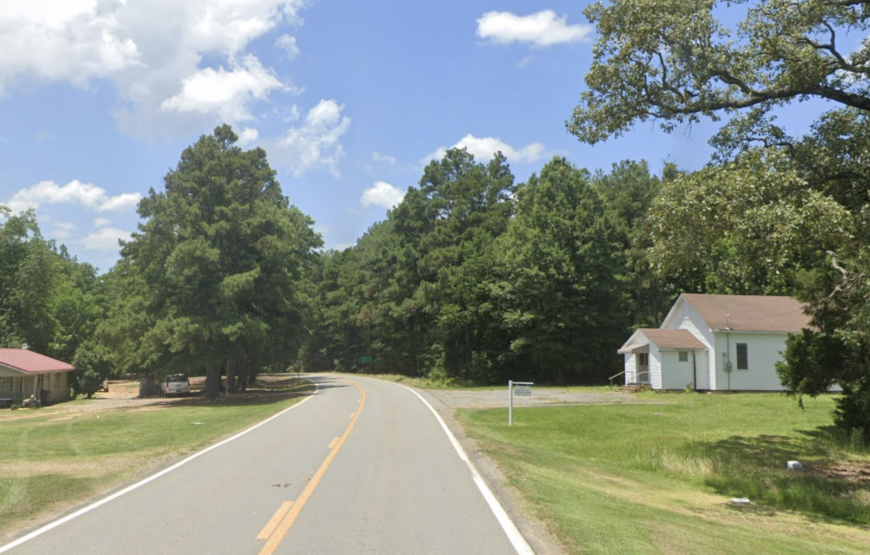
Hidden within the dense forests of Arkansas County, Tichnor is an unincorporated community that offers a secluded retreat into nature. I find solace in the lush woodlands and the abundance of wildlife that make this area a paradise for outdoor enthusiasts.
Activities like boating, fishing, and exploring the nearby Arkansas Post National Memorial provide a connection to both nature and history. The economy here revolves around agriculture and forestry, with many residents engaged in farming or timber-related industries.
Tichnor’s seclusion arises from its enveloping forests and undeveloped lands, providing a private hideaway far from urban hustle. For me, the natural splendor and tranquility of Tichnor make it a perfect forested escape.
Where is Tichnor?

Located along the banks of the Arkansas River in Eastern Arkansas, Tichnor sits off the main routes, enhancing its secluded feel. The community is reached by traveling along Highway 44, which winds through scenic landscapes of forests and riverbanks.
The limited accessibility and surrounding wilderness contribute to its hidden nature. Tichnor’s remote setting is ideal for those who, like me, appreciate the serenity of the woods and a slower pace of life.
5. Casscoe’s Riverside Seclusion
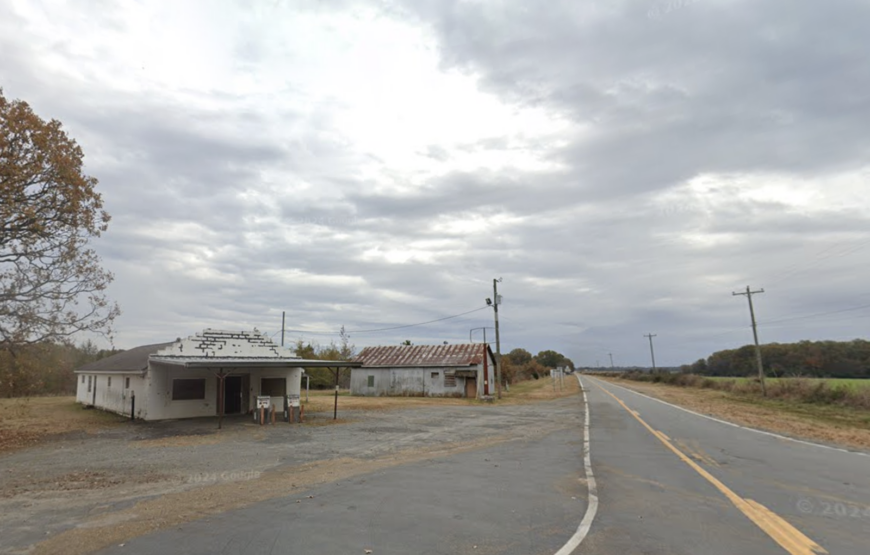
Perched along the White River, Casscoe is a small unincorporated community where the river’s gentle flow sets the rhythm of life.
I love spending time here, where fishing and boating are daily pleasures, and the White River National Wildlife Refuge offers miles of pristine nature to explore. The primary industries include agriculture and outdoor tourism, with local businesses catering to hunters and anglers drawn to the area’s abundant wildlife.
Casscoe’s seclusion stems from its riverside setting and the surrounding wetlands, which create a natural barrier from the outside world. For me, the tranquility of the river and the whispering forests make Casscoe a perfect spot for a peaceful riverside escape.
Where is Casscoe?
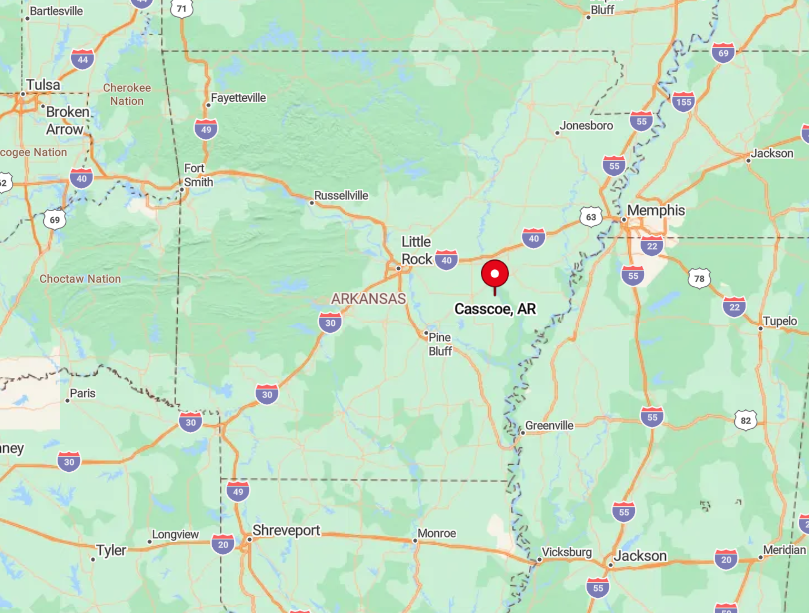
Located in Arkansas County, Casscoe is tucked away in Eastern Arkansas, accessible via Highway 33 and a network of county roads. Its remote location along the White River enhances its secluded atmosphere, away from major highways and urban centers.
Getting there involves navigating scenic routes that showcase the region’s natural beauty, further adding to the sense of retreat. Casscoe’s isolation by the river makes it a haven for those seeking solitude amid nature’s splendor.
4. Ethel: Nature’s Quiet Retreat
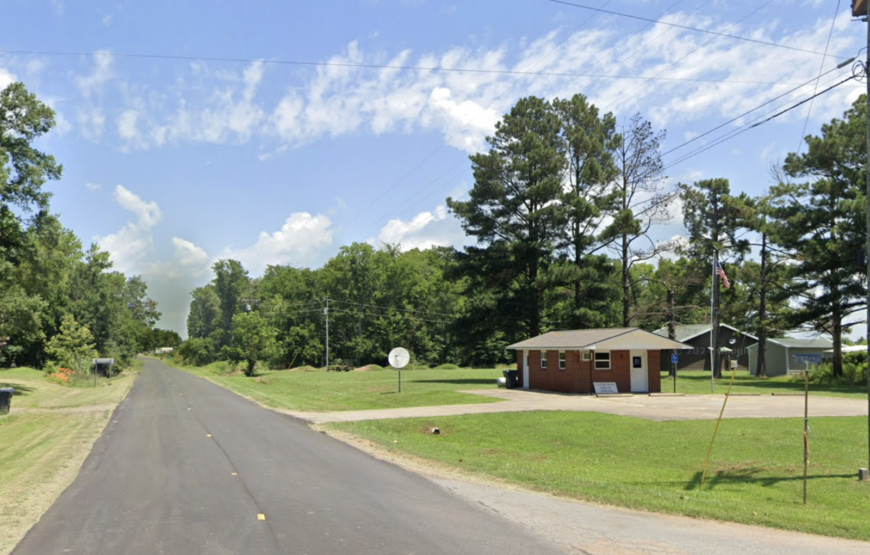
Nestled amid the natural beauty of Eastern Arkansas, Ethel is a small community where the harmony of nature and simple living prevail.
I appreciate Ethel’s lush surroundings, with its close proximity to the White River and the White River National Wildlife Refuge, offering ample opportunities for fishing, birdwatching, and hiking.
The community thrives on agriculture and outdoor recreation, embracing a lifestyle deeply connected to the land. Ethel’s seclusion is accentuated by its undeveloped landscapes and the absence of commercial distractions. For anyone like me seeking peace and a connection to nature, Ethel serves as a perfect haven.
Where is Ethel?
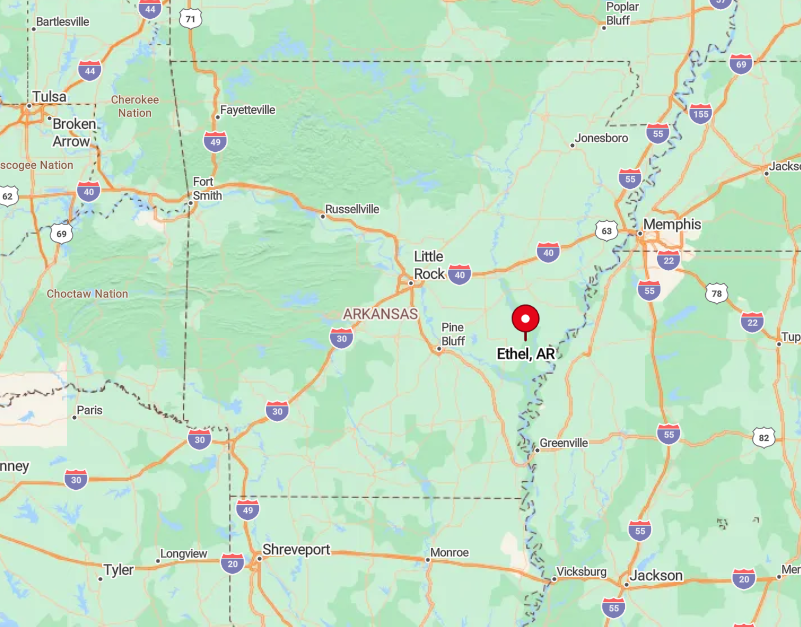
Located in Arkansas County, Ethel is situated in the heart of Eastern Arkansas’s rich environmental tapestry. Its secluded nature is a result of being off the beaten path, surrounded by forests, rivers, and wetlands.
Access to Ethel is primarily via Highway 17 and local roads that meander through picturesque countryside. The journey itself reinforces the town’s remoteness, making Ethel a retreat into nature’s quiet embrace.
3. The Secluded Serenity of Elaine

Elaine, with a population of approximately 500, is a town rich in history and Southern charm located along the Mississippi Delta. I find the close-knit community here to be welcoming and steeped in tradition.
The area offers activities such as exploring local historical sites, including ones related to the Elaine Massacre of 1919, which holds significant importance in civil rights history. Agriculture is central to the town’s economy, with vast cotton fields and soy plantations surrounding the area.
Elaine’s seclusion comes from its location amid the expansive Delta farmlands, far removed from the bustle of city life. For me, the combination of historical depth and serene landscapes makes Elaine a unique and tranquil destination.
Where is Elaine?
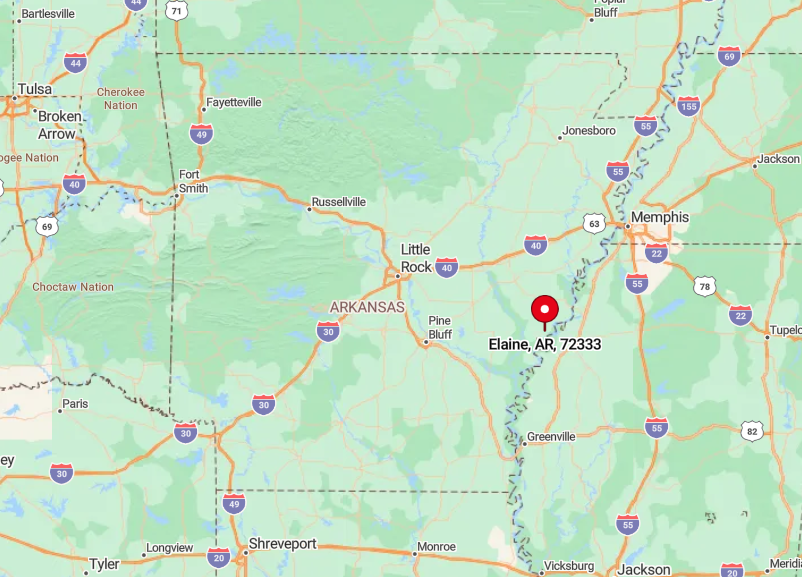
Located in Phillips County in Eastern Arkansas, Elaine sits near the Mississippi River’s western banks. Its remote location is heightened by miles of agricultural land and minimal through-traffic.
Reaching Elaine involves traveling along Highway 44, which cuts through the heart of the Delta region. This isolation preserves Elaine’s quiet atmosphere and provides a peaceful environment for those seeking a slower pace and a connection to the area’s rich history.
2. Tranquility in Moro
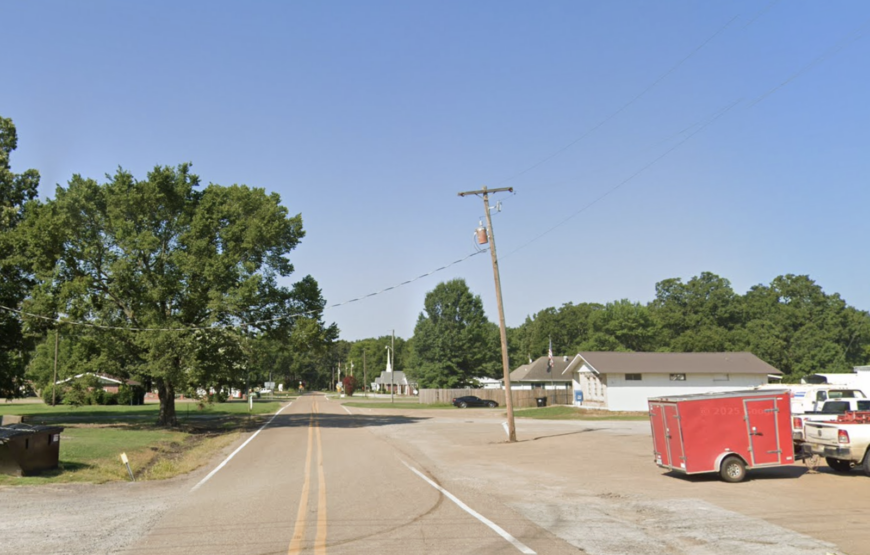
With a population of just around 200 residents, Moro is a serene town where the simplicity of rural life is embraced fully. I’ve found that the peaceful environment here is perfectly suited for those looking to escape the noise and distractions of larger towns.
Activities in Moro center around community gatherings, local churches, and enjoying the natural beauty of the surrounding landscapes. Agriculture is the mainstay, with farming families cultivating the fertile lands that have sustained the community for generations.
Moro’s isolation from urban centers contributes to its tranquility, offering a picturesque backdrop of rolling fields and open skies. For me, Moro’s quiet charm makes it an ideal place to unwind and appreciate the beauty of Eastern Arkansas.
Where is Moro?
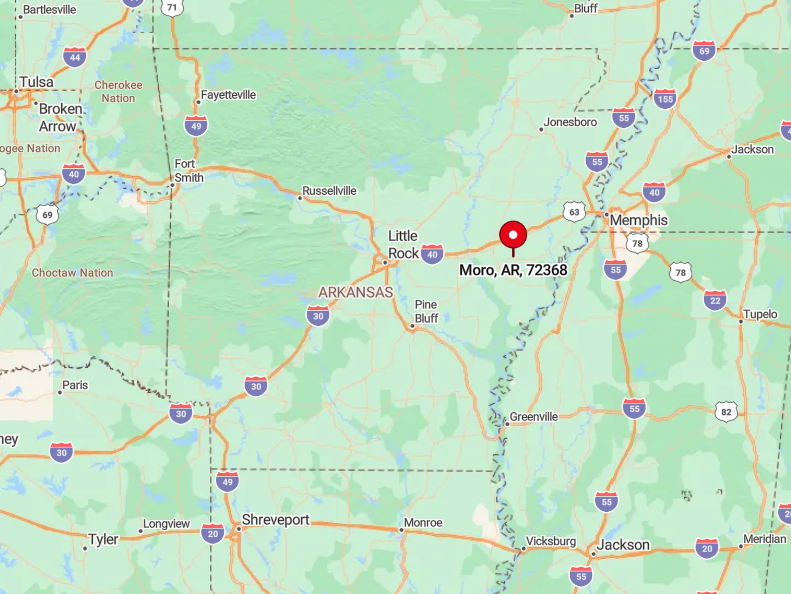
Situated in Lee County, Moro is nestled in Eastern Arkansas’s countryside, away from major highways and cities. Its secluded nature is due to its distance from significant commercial hubs and the encompassing agricultural lands that typify the region.
To reach Moro, you’ll travel along Highway 238, which provides a scenic route through farmland and small communities. The journey enhances the sense of seclusion, making Moro a perfect retreat for those, like me, seeking peace and simplicity.
1. The Hidden Gem of Aubrey
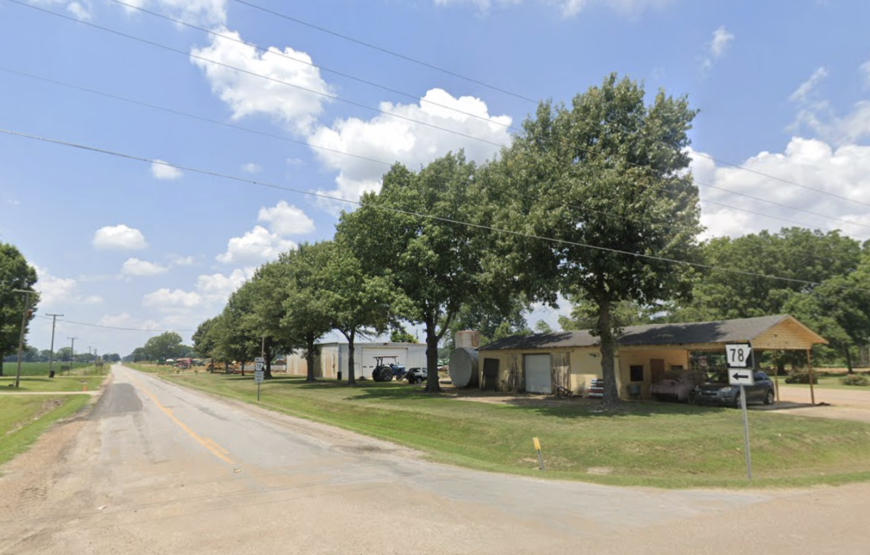
Aubrey, with a population of approximately 170, is truly a hidden gem tucked away in Lee County. I cherish the town’s peaceful atmosphere, where time seems to slow down and the sense of community is strong.
Locals often engage in fishing, hunting, and enjoying the quietude of rural life, while the surrounding landscapes offer beautiful views of the Arkansas countryside. The primary industries are agriculture and small-scale farming, with cotton and soybeans being common crops.
Aubrey’s seclusion is due to its remote location and the expansive farmlands that create a natural buffer from the hustle and bustle of urban areas. For me, the charm of Aubrey lies in its simplicity and the warmth of its residents, making it an ideal spot for those wanting to get away from it all.
Where is Aubrey?
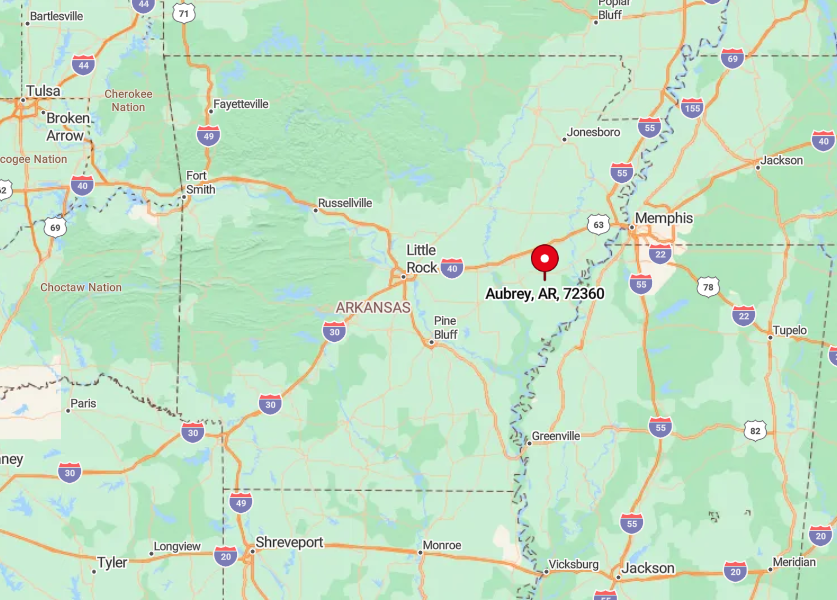
Located in Eastern Arkansas, Aubrey is situated along Highway 121 in Lee County. Its remote setting is enhanced by the surrounding agricultural expanses and the absence of major highways nearby.
Getting to Aubrey involves a leisurely drive through scenic farmland, which adds to the feeling of finding a well-kept secret. The town’s isolation provides a serene environment perfect for anyone looking to experience genuine small-town life in the heart of the Arkansas Delta.



